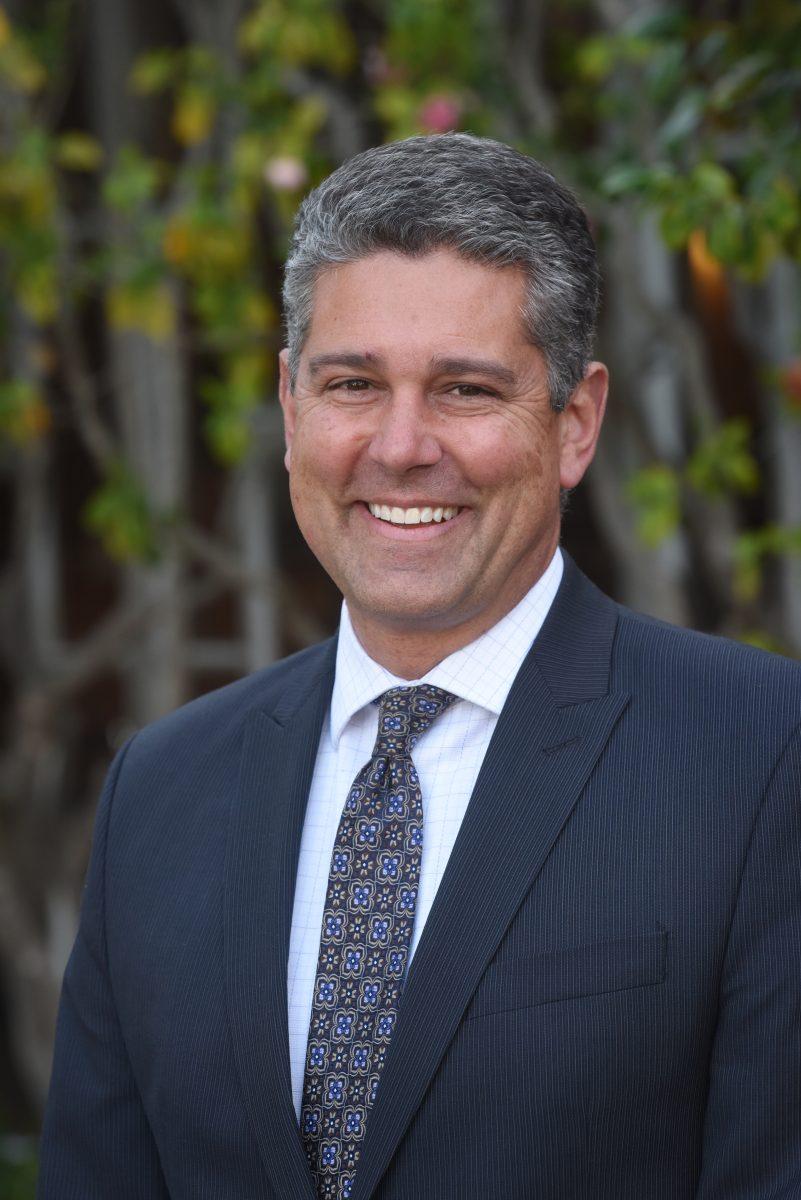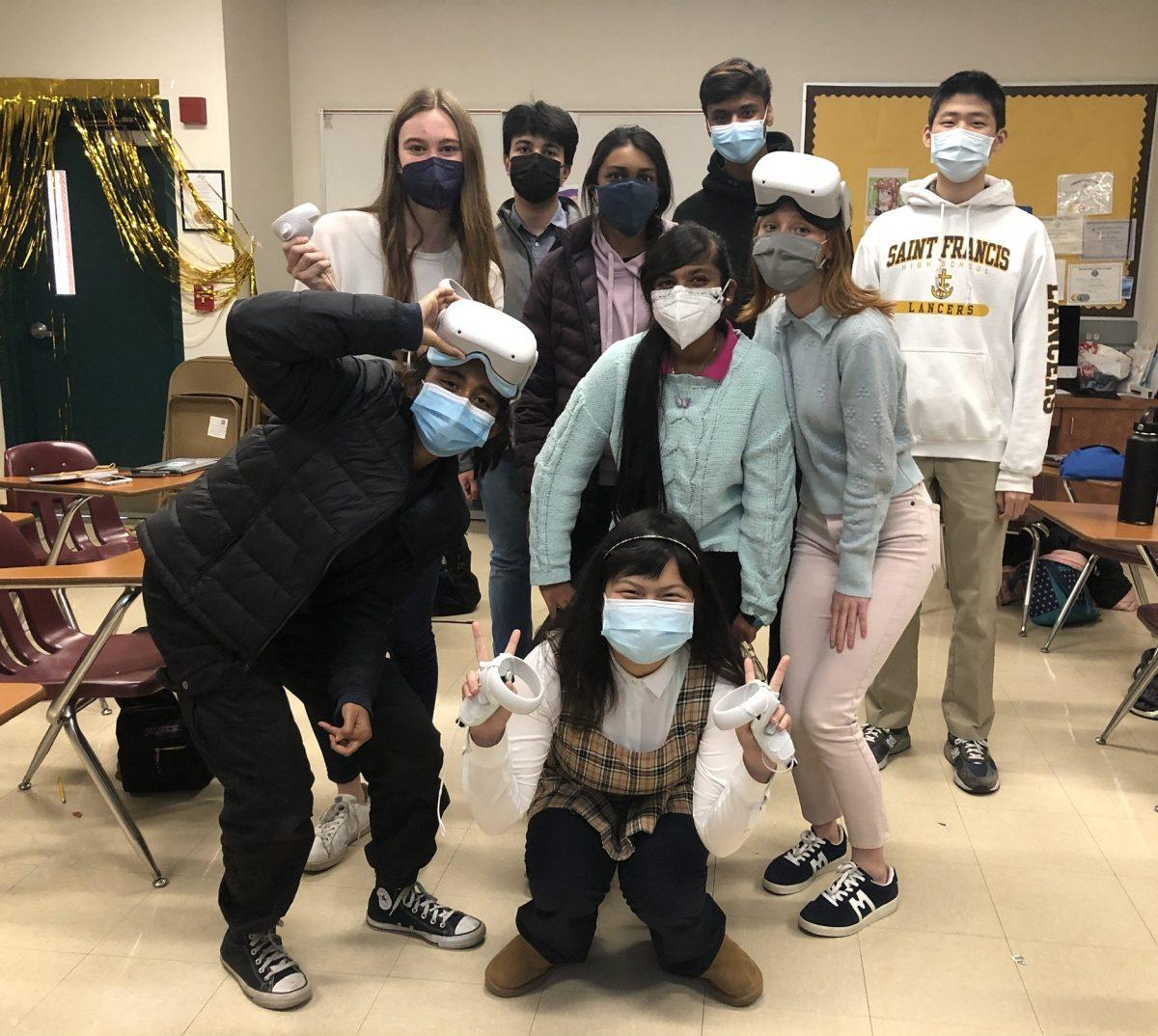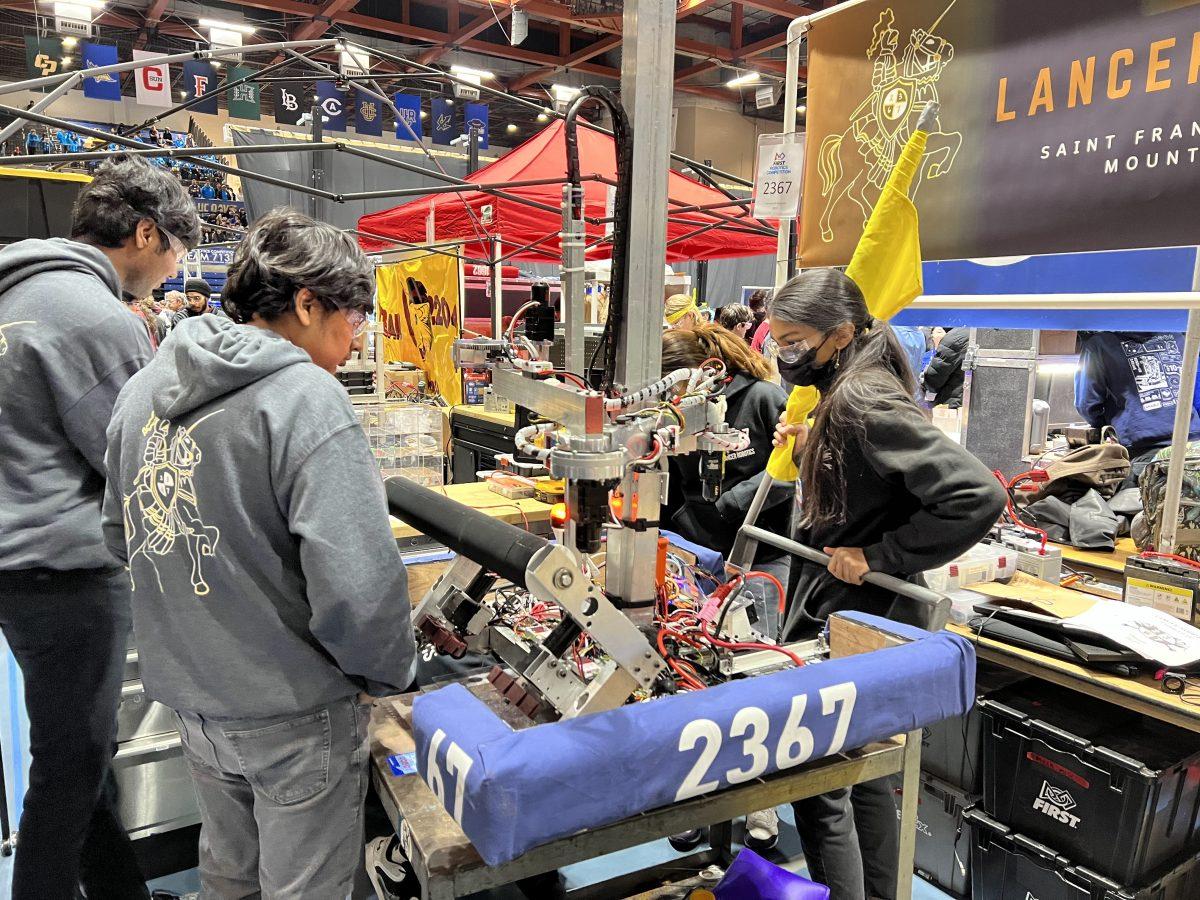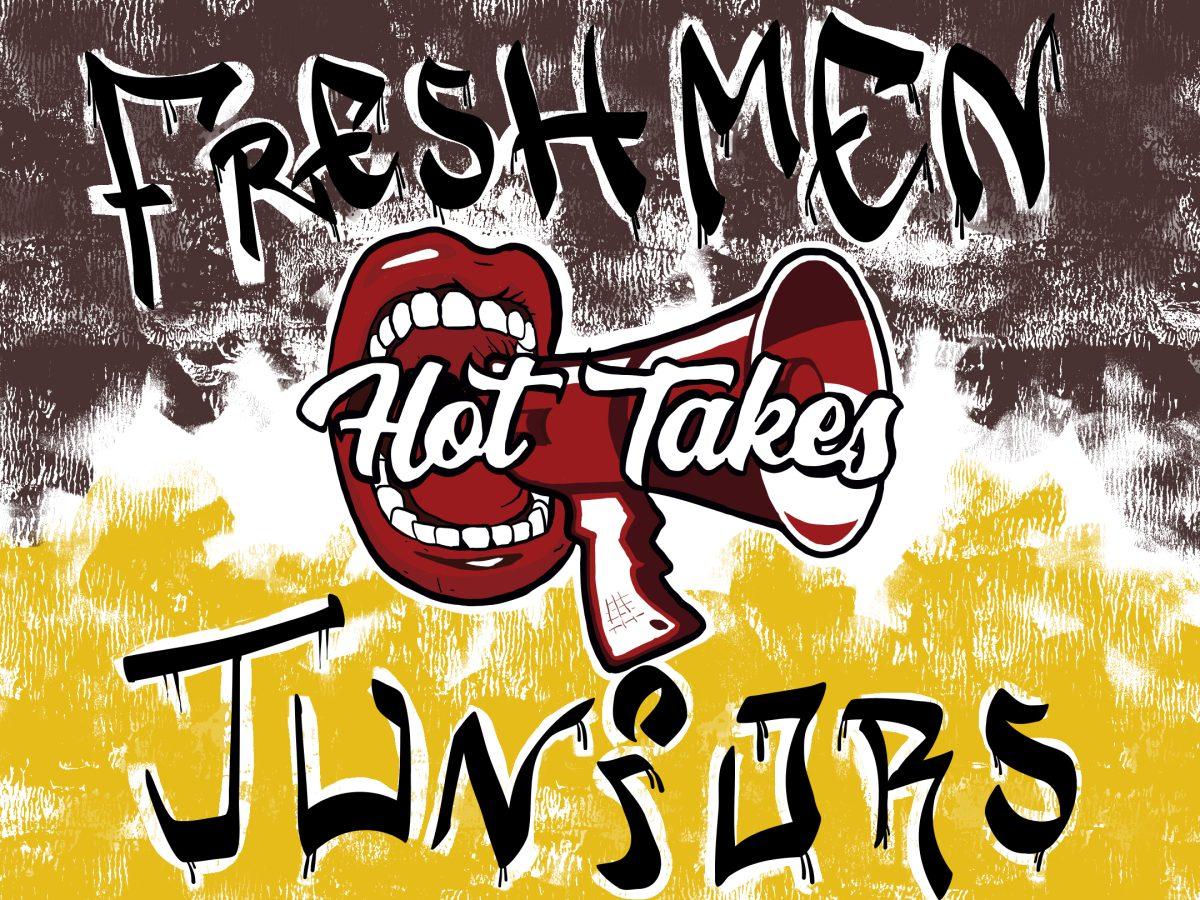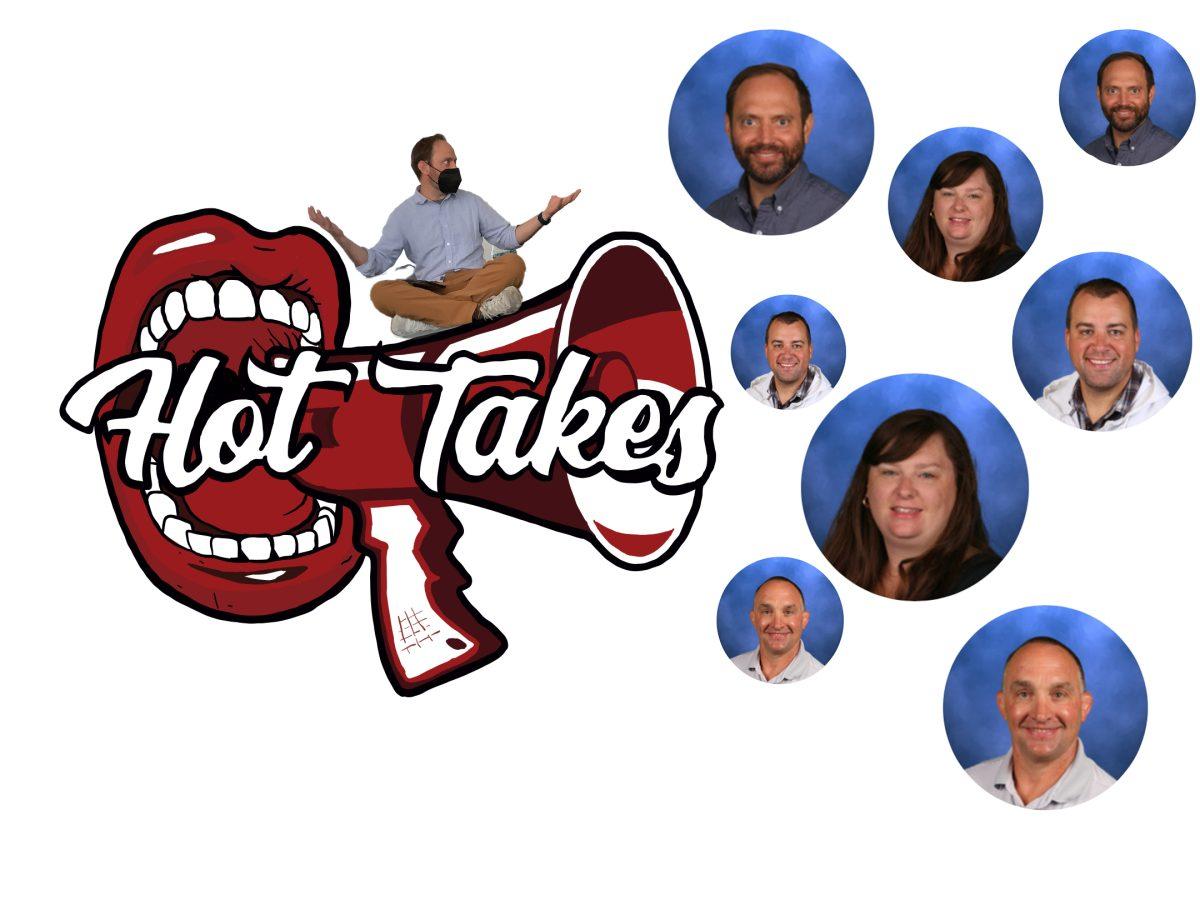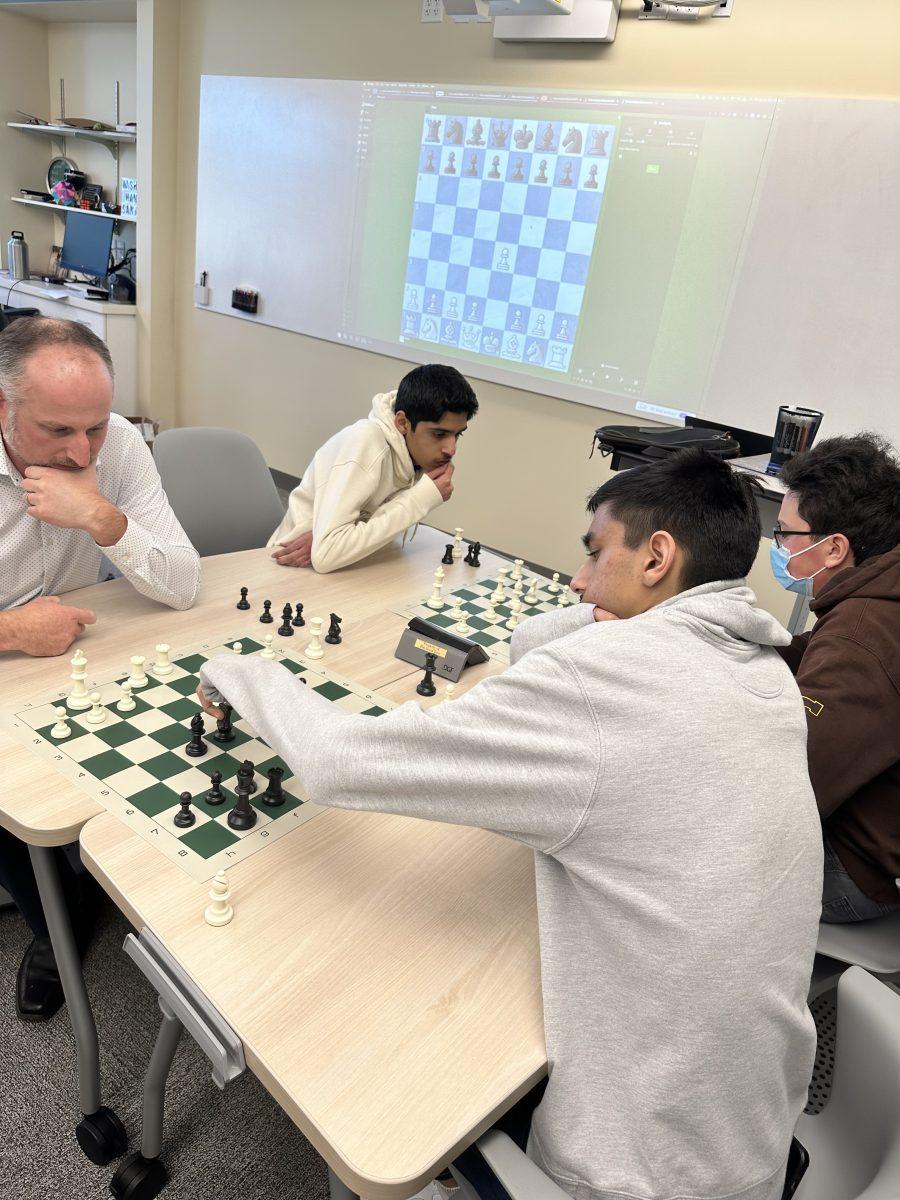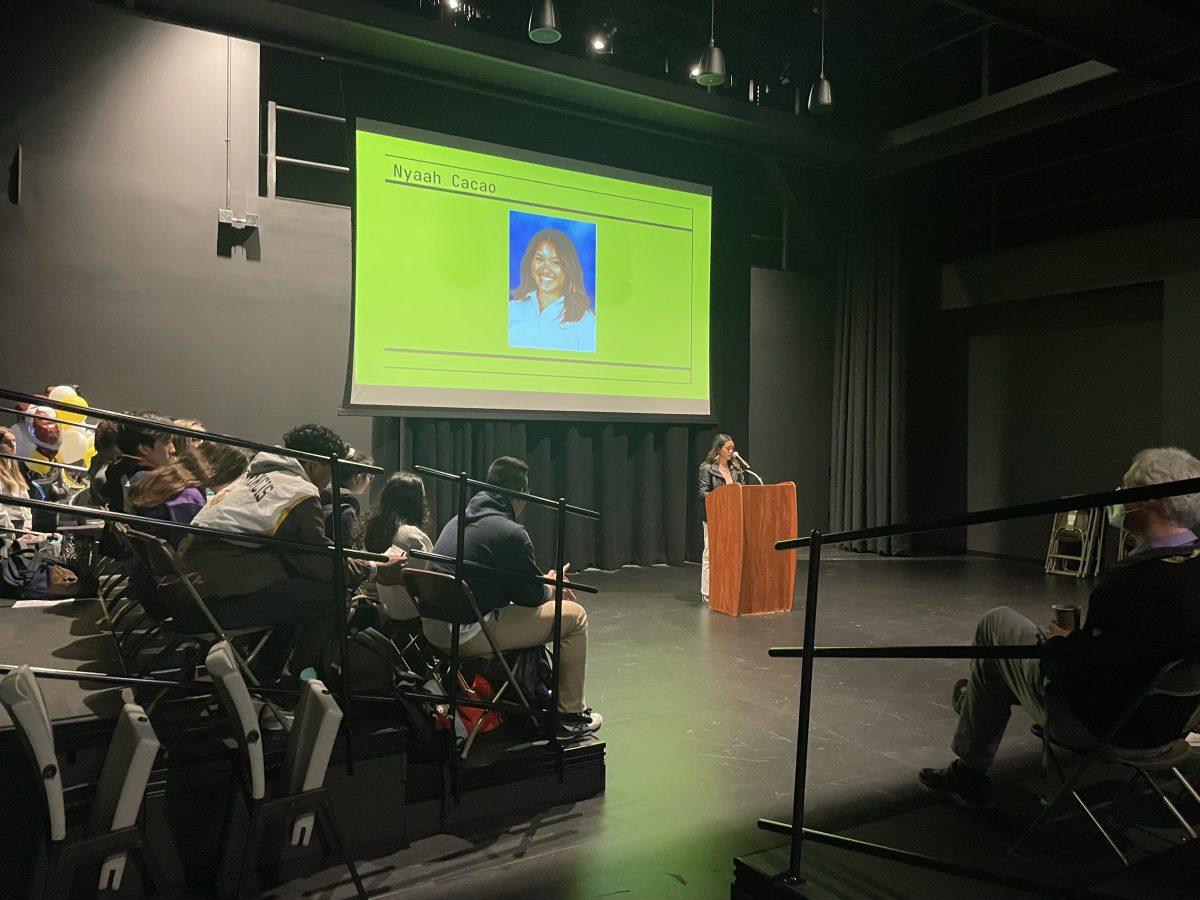by Kasper Halevy (’24) and Krish Rastogi (’24) | February 3, 2023
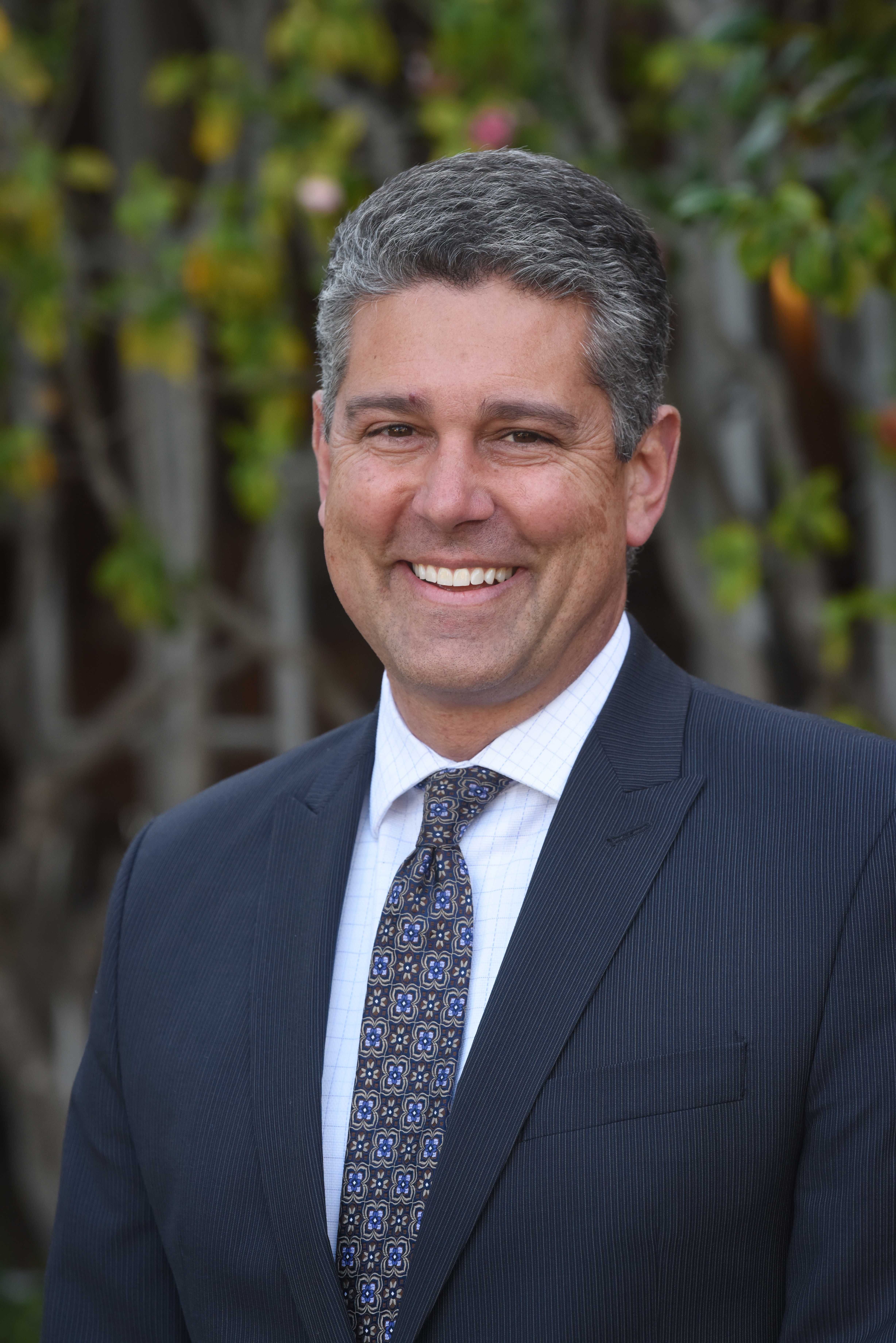
The Eggers Innovation Center is finally open to students and educators after years of construction. What happened behind the scenes? What makes the building unique? What opportunities does the complex unlock? With several weeks of classes underway, President Jason Curtis shares his insight and vision for the future.
The Lancer: Who were some of the “key players” behind the Innovation Center and the Light The Way Campaign?
Jason Curtis: There were three primary players. First, the Board and the Brothers have to approve and really have to have the vision. In terms of individuals, there are two primary individuals. The first is Tim Houlihan, who is a longtime Saint Francis employee. He still coaches here and works as our project manager from the school side of things. Without him the building wouldn’t have been built. The other is our CFO Sue Reyneri. She was responsible for not only the financial side of the project, but also for keeping us organized. Now, you asked about the Light The Way campaign, which is not only for the building but also for student and educator support. Our advancement office has been really important in running and getting support for that campaign, which is still ongoing.
TL: You mentioned how Light The Way is more than just a fund for the building—could you tell us how it supports Saint Francis students and educators?
JC: During the pandemic, we were able to dramatically increase tuition assistance and ensure that families were able to stay here. Obviously, there were a lot of really challenging financial situations at the time. Businesses were faced with all sorts of challenges in terms of furloughing employees, but we kept all of our employees during the entire pandemic. During that time we were also able to expand in other areas. For example, we received support to expand the reach of our Ave Crux program, which is related to our Holy Cross Achievers program. It’s intended for middle school students and gives them an experience here at Saint Francis. Additionally, we’ve seen growth in a teaching program called Holy Cross Interns, where we give Saint Francis graduates an opportunity to teach in an internship setting and also to learn more about working here at the school. It’s not just tuition assistance. And it’s not just ensuring that people are taken care of, but it’s also showing opportunity.
TL: Now that students and educators have used the new building for several weeks, has it met your expectations overall?
JC: It absolutely meets the expectations for everything that we have done with construction. It was on time and done really well. We had a great partnership with our architects and contractors. But the most important thing for me was how students and educators would use it. And that exceeded my expectations. It’s only been two weeks, and I’ve already seen a ton of activities that I hadn’t seen before.
TL: How do you foresee the Saint Francis community leveraging the Innovation Center in future projects and initiatives?
JC: We’re currently moving into the second phase of the building. So that’s the Welcome Center, the dining commons, and also the Quad. The new building and then the entire Quad space will be completed by the end of the next academic year. To your question about new projects inside of the Eggers Innovation Center: A really big part of this building is this opportunity to create partnerships. In my opinion, I think that we as high schools in general have not done a good job of welcoming and offering people who could be partners with high schools a space on campus. Instead of doing that, we want to invite them into the space. They will be able to develop and design and support programs, projects, partnerships that I wouldn’t be able to come up with because they have a whole wealth of experience and connections. The possibilities grow when you’re around our students, because our students are frankly so inspiring. The other part—and this is the really unique part—we actually think our partnerships can be good for our partners. So how does that start? February 11, we’re actually going to be doing a family day by parents, for parents. Traditionally, we would open up any sort of building, have the parents come in, and have students present and show some labs, and we’d just be overlooking things. Now what we’re doing is we’re handing over the keys to the building to the parents, and saying, “Hey, why don’t you actually do this?” Spaces pick up a culture and a set of expectations, however; just putting in a particular kind of furniture and putting in some glass doesn’t make places open and hospitable. Hospitals have nice glass and furniture, but they aren’t necessarily places where I’m going to go in and collaborate. That’s not a knock on hospitals. It just has a particular purpose. It’s really incumbent on all of us to use the space in a way that we draw people in.
TL: Could you describe some of the challenges faced during the construction of the Innovation Center?
JC: The pandemic was the number one challenge. Much of what we do in terms of construction management is face to face, working with people and the supply chain, all enormous challenges. On top of that, much of our energy and focus was on keeping our students and educators safe, healthy, making sure that the school could continue to make all these massive shifts. Over the next couple of years, we’re going to make up for lost time and have a lot of those face to face events. And we’ll rely upon students and educators to share that as well, too, right? Because when people support the school, anything in the Light the Way campaign, it’s because they can imagine a future that is even better than what we have today. The only reason we have a school here today is the generations of people that you and I don’t even know who did that for us to be sitting here today. So people today need to be able to see that vision in the future. And that’s never done through a sign or a pamphlet or a brochure, it really isn’t. It’s done through conversations and questions and people coming together and buying into that vision. So that over the next couple of years, and especially this year, it’s going to be really, really important to get people on campus.
TL: If you had to identify a couple of favorite features or spaces, what would they be and why?
JC: The one that I think will create the most interesting results is probably the Innovation Theater. I love that it takes the audience and puts the audience in the middle of everything. It’s not a space that you can just sit back and not participate in – you’re in it, whatever it is, when you go in there. I also think it’s a reminder that we have a responsibility to be really good audience members. In that space, every single person matters, whether you’re performing, whether you’re presenting, or whether you’re sharing. The second thing I would say is that I really like common areas like the Gathering Stairs, all those places where people sort of naturally gather. I was at the high school placement test on a Saturday morning and there were two sets of parents that were sitting on the Gathering Stairs, not on their phones, but just talking to each other. To me, I think they are natural places where people can sit, stop, and then be with each other. You’ll find myself and Mrs. Teekell frequently in that main lobby area because we can encounter students in that open space
TL: To wrap it up, what would your elevator pitch for the Innovation Center be?
JC: It’s a place that will form you. It’s a place where you can experience our students, and you’ll discover something different every time. I would say, “here are the keys, what do you want to do with this”?
Responses have been lightly edited for length and clarity.




































































